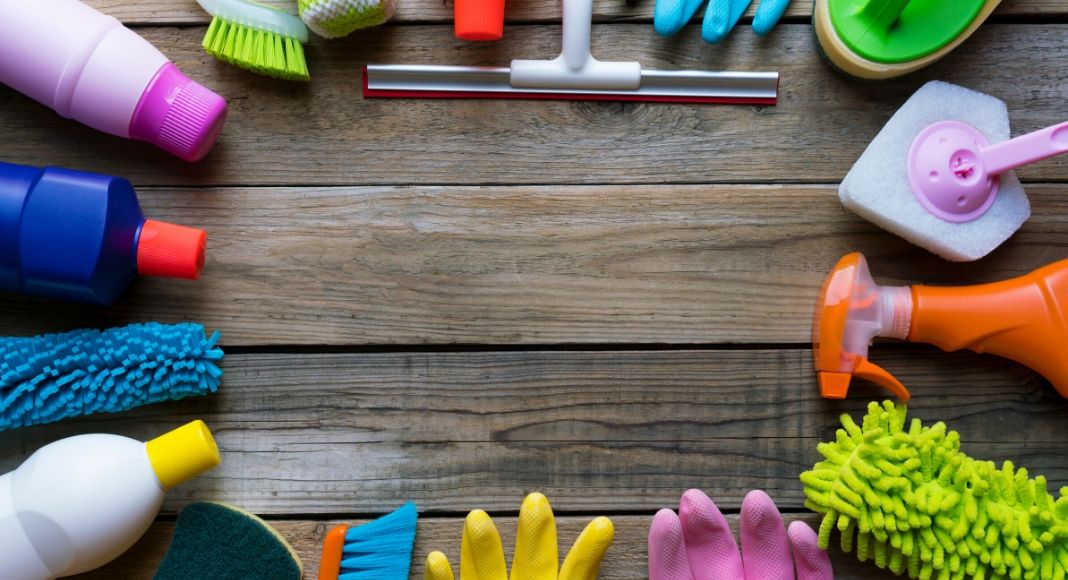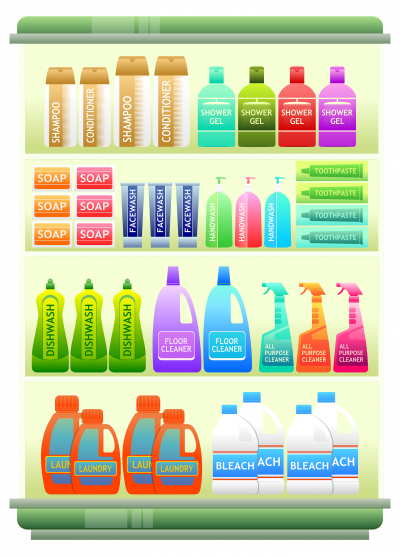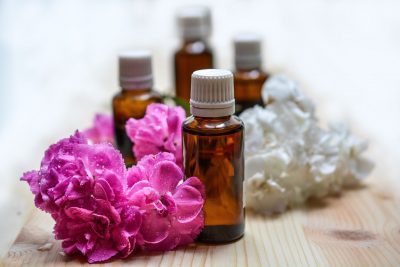 I’ve always considered myself to be health conscious. Even as a high school student, I can remember looking for healthier items in the cafeteria and looking for ways to stay active. It wasn’t until well into my 20s though, that I realized there was more to health than just diet and exercise. In graduate school, we had a short, two lecture series on “nutrition” where we learned about the letter vitamins and nutrient deficiencies.
I’ve always considered myself to be health conscious. Even as a high school student, I can remember looking for healthier items in the cafeteria and looking for ways to stay active. It wasn’t until well into my 20s though, that I realized there was more to health than just diet and exercise. In graduate school, we had a short, two lecture series on “nutrition” where we learned about the letter vitamins and nutrient deficiencies.
When my first daughter was born, I read a book called Raising Baby Green. It was the first time I was educated on toxins and how they can have a detrimental effect on not only babies, but also adults. I knew pollution as bad, but I didn’t know household toxins could be equally harmful, if not worse. I wanted more information. I was shocked that I had never been exposed to this information before. How could I not have known that bleach was a registered carcinogen? Why did everyone around me use Bleach and Lysol then? I kept quiet for a long while, slowly switching over my home.
I didn’t want to be accused of being “too granola” or “a hippie.”
 I switched out all of my cleaning and personal care products in the course of nine months and considered cloth diapering. It was my family’s health and livelihood, after all. I shouldn’t care what people think about me. When my daughter was five-months-old, my mom was diagnosed with cancer. I knew at that point I needed to share this with other people.
I switched out all of my cleaning and personal care products in the course of nine months and considered cloth diapering. It was my family’s health and livelihood, after all. I shouldn’t care what people think about me. When my daughter was five-months-old, my mom was diagnosed with cancer. I knew at that point I needed to share this with other people.
Six years later, I see that many other families are hearing about how harmful household toxins can be, but there is still debate. I think a majority of the conflict rests in the fact that most of these brands are still being sold and the EPA and FDA can’t keep up with all of the products there are. Slowly we are seeing chemicals like phosphates and triclosan removed, but there is more work to be done. I think it’s important to at least share information with families and let them decide which products they want to buy. There is more research coming on out on a daily basis that is published for all eyes to see.
The following information is not meant to scare you, but I hope you will all be more informed consumers when making your purchases (or better yet, when avoiding certain products).
- Parabens are hormone disruptors (notably estrogen) that have been found in breast tissue and breast cancers.
 Phthalates are endocrine disruptors (EDs) along with many other chemicals. You can find a great summary about EDs and how they can cause cancer, thyroid dysfunction, diabetes, neurological and behavioral changes, reproductive health, weakened immune function and even low birth weight.
Phthalates are endocrine disruptors (EDs) along with many other chemicals. You can find a great summary about EDs and how they can cause cancer, thyroid dysfunction, diabetes, neurological and behavioral changes, reproductive health, weakened immune function and even low birth weight.- Approximately 38.5% percent of men and women will be diagnosed with cancer in their lifetime according to cancer.gov. This statistic has risen from 1 in 8,000 since 1901!
- Indoor air quality is 2-5 times more toxic than outside.
- Bleach is a respiratory and central nervous system irritant and can create poisonous gas when mixed with other chemicals according to the EPA.
- The toxic chemicals in household cleaners are three times more likely to cause cancer than air pollution according to an EPA report.
- Cleaning your home once a week with national brand cleaners could damage your lungs as much as smoking seven packs of cigarettes per day according to The Lung Study.
- According to Poison Control, a child is poisoned every 30 seconds at home.
There are many statistics I could rattle off, but I think that’s enough bad news for now! The good news is that it’s never too late to make changes. Small changes lead to lasting changes. If you’re like me and grew up in a household with conventional cleaners (or maybe you have continued to use them in your adulthood), don’t panic! Our cleaning products have changed drastically over the past 50 years and we have become a “clean freak” society where we sanitize our homes and clothing more frequently than our ancestors. It’s only been recently that our cleaning habits and products have begun to truly poison us.
If you are willing to make the switch, don’t think you have to become a witch doctor and make your own products (although they are very simple to make with vinegar, water and simple soap).
Here are some simple tips for buying cleaning and personal care products:
- Buy from brands that you trust and are not owned by bigger companies (i.e. Burt’s Bees is owned by Clorox).
- Look for products that do not have harmful, synthetic fragrances.
- Avoid ingredients such as parabens, phthalates, and formaldehyde.
- Check out this link by the EPA to buy greener household products.
If you choose to use conventional cleaners:
- Use a mask, wear gloves and wipe surfaces down with water afterwards.
- Ventilate your home after cleaning as chemicals can stay airborne for 72 hours.
- Clean your home when pets and children are not around as they are more sensitive to toxins.
- Keep toxic cleaning products out of reach of children.


















